Light
Rail Transit Systems |
||
Case Utrecht Uithof line, Netherlands (above) and case Valenciennes Le Tramway, France (right). |
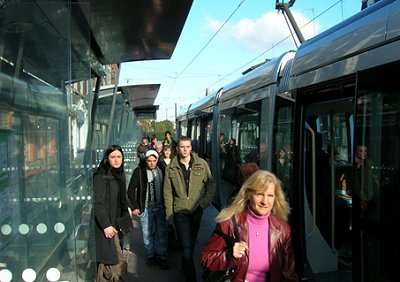 |
|
Our
book 'Light Rail Transit Systems' explains the basics of
light rail and entails major light rail cases from The Netherlands,
other European countries, the United States, South America, Africa,
Asia and Australia. We define and highlight some essential characteristics
of light rail that distinguishes this type of public transport from
other types. Unfortunately characteristics and benefits of light
rail are frequently underestimated in decision making. On the bases
of our own research and state of the art related research 'Light
Rail Transit Systems' addresses
the importance of light rail as efficient means of transport, particularly
efficient since light rail is synonym
with reliable public transport. 'Light Rail Transit Systems' elaborates
light rail as prerequisite for urban (re)development and its economic,
environmental and social assets. The benefits of light rail are explained
and methods of incorporating them in decision-making are presented
by using a series of cases. 'Light Rail Transit Systems' addresses
reasons for failures of light rail projects as well as lessons to
be drawn
to overcome them.
|
||
61
Cases In this book 61 cases of light rail projects worldwide are scrutinized. Our overview offers a brief description of all cases labelled with the case-project’s most important city. When a case-project has been failed or mothballed the year of ending has been added with the following dagger symbol (†). * Aachen/ Aix-la-Chapelle, Germany (2013 †), CampusBahn. Tram project in Germany, like our other German case Hamburg showed as example of laborious planning. Both projects failed twice. * Almaty, Kazakhstan, LRT. Our new example of integrated contract formation. Also one of our Transit Oriented Development cases. Based on recent fieldwork. * Antwerp-Deurne, Belgium, Pegasus/Brabo I. Project in Flanders for extension of existing tramway network. One of our case studies into integrated contract formation. * Athens, Greece, ‘Re-think Athens’. Urban renewal design scheme, including extension of exiting tramway into the city centre. An excellent example of integration of urban planning and urban mobility. * Barcelona, Spain Trambaix/Trambesòs. This new tramway entails two separate networks. Both are analysed as example of Transit Oriented Development (TOD). * Bristol, UK (2004 †), Supertram. Plan for a new light rail system in the urban region of Bristol. Staged as case of a laborious planning process. *
Casablanca, Morocco, Tramway. Our first case in Northern Africa.
Shows state of the art technology and knowledge from France. An excellent
example of French style Transit Oriented Development (TOD). * Dubai, UAE. Our showcase in the Middle East. Dubai set a standard for light rail and Transit Oriented Development (TOD). Inspired neighbours like Abu Dhabi (UAE), Doha (Qatar) and Lusail (Qatar). * Dublin, Ireland, Luas. Plan for new light rail system called ‘Luas’ (Irish for ‘Speed’) in the urban region of Dublin. Staged as case of laborious planning. Though, eventually, after much political troubles the Irish capital gets its necessary tramway network. *
Edinburgh, UK, Trams. Our showcase from Scotland on faltering planning
and disputes on contracts. Eventually the first, however curtailed
stage became reality. *
Groningen, Netherlands (2012 †), RegioTram. This project is
one of our three main cases. It’s a source for many of our lessons
how to avoid technocratic approaches. * Hamburg, Germany (2012 †). Tram project in Germany, like our other German case Aachen (Aix-la-Chapelle) showed as example of laborious planning. As said earlier both projects failed twice. * Jaén, Spain (2011 †), El Tranvía. A Spanish urban tramway project, closed after a short period of operation. Mothballed ever since. Certainly an example of laborious planning. * Jerusalem, Israel, CityPass. Controversial tramway project. Our own fieldwork in Jerusalem revealed this project as an obvious example of laborious planning. * Kaohsiung, Taiwan, Circular Line. Our Asian state of the art light rail and Transit Oriented Development (TOD) case. The first light rail system in Taiwan with at least two more to come (Taichung and New Taipei City) underlined the importance of our Asian fieldworks. * Kiel, Germany (2013 †), StadtRegionalBahn. A very special tram-train case in the urban region of this German harbour city, that closed its former tram system when the new tram of Nantes (France, 1985) started running. Like many tram-train schemes this project failed too. * La Réunion, France DROM (2010 †), tramtrain. Project for a big regional tramway in overseas territory of France. Extreme difficult planning was subject of our investigation on site. Our conclusion: over-ambitiousness killed this scheme. * Leeds, UK (2004 †), Supertram. Plan for new light rail system in the city of Leeds. Staged as case of a long and laborious planning process. * Leiden, Netherlands (2012 †), RijnGouwelijn. This Dutch showcase light rail project is compared with projects that applied integrated contracts. Second, the RijnGouwelijn is staged as victim of laborious planning and incoherent political decision making that eventually killed the project. Third part of this case is the tram-train pilot operation of light rail within heavy rail environment on a section of the envisaged system (2003-2009). *
Léon, Spain (2012 †),
Tren-tran. Project for a regional tram-train system. Halfway construction
the project was shut down due
to sudden and unexpected financial cuts. From then on mothballed and
still no view on re-start (situation 2016). * London, Croydon, UK, Tramlink. This successful tramway project in the London metropolis serves as one of our peculiar contract formation cases. * London, UK (2008 †) Cross River Tram. Plan for a new tramway through the core of central London. Again, the usual UK-style of laborious planning and politics hit the project, though cancelled in 2008 due to funding problems. * London, Uxbridge, UK (2008 †) West London Tram (West London Transit). Plan for a tramway in western part of London metropolis. Didn’t get a fair change. Laborious planning and politics of London boroughs prevented continuing the project. * Los Angeles, California, US, Pacific Electric / Metro. Our double-case in California: the historic and contemporary light rail systems of Greater Los Angeles with their many overlaps. This is one of our most important Transit Oriented Development (TOD) cases from the US. And also a case that exhibits social effects of light rail. * Lyon, France, Tramway. New urban tramway system complementary to the existing metro system. This case is used to illustrate the value of a new tramway despite the existence of metro system. * Lyon, France, Rhônexpress. Project for dedicated airport tramway and case of integrated contract formation. * Lyon, France, Tram-train de l'ouest lyonnais. Light rail scheme for improving service on the regional railway from Lyon Saint-Paul station to Sain-Bel. This is one of our cases of light rail operation within heavy rail environment. * Liège, Belgium, Le Tram. Project for new urban tramway, that aimed on integrated contract formation. Delayed due to violation of financial requirements of Eurostat, but still ongoing (situation 2016). * Luxembourg (2004 †). Failed project for a tram-train system in the urban region of Luxembourg’s capital. Indeed a case of laborious planning. Subsequently followed by project for urban tramway in the city (under construction, situation 2016). * Manchester, UK, Metrolink. The biggest light rail system in England . Strong case of successful commercial property development in combination with new tramway. *
Nice, France, Ligne 1. Excellent urban tramway project based on
classic contracts, hence, used as reference for our study on integrated
contract formation. * Olsztyn, Poland, Tramwaje. Our ‘mirror-case’ for Groningen RegioTram. Eventually the tramway project of Olsztyn has been successful due to a pragmatic and flexible approach. * Oranjestad, Aruba, Arutram. An urban renewal project, including a new tramway connection between cruise terminal and city centre. * Paris, France, T1. The first new tramway in Paris metropolis. Our example of a pioneer project, that eventually was built and proved to be successful after many years of laborious planning . * Paris, France, T4. A conversion from heavy rail to light rail case in the metropolitan area of Paris. This is the first fully French tram-train project . * Portland, Oregon, US, Metro / Streetcar. Urban regional light rail system, completed with urban tramway (streetcar). This is our most important case in the US on Transit Oriented Development (TOD). * Portsmouth, UK (2004-2006 †), South Hampshire Rapid Transit. Failed project for a new light rail system in the urban region of Portsmouth at the English coast. A tragic case of years of laborious planning. * Queensland, Australia, Gold Coast Light Rail. One of the two of our successful Transit Oriented Development (TOD) cases in Australia. A cutting edge project. * Reims, France, Le Tramway. The first urban tramway project in France using a fully integrated contract (DBFMO), hence, an excellent case of special contract formation. * Rio de Janeiro, Brazil, VLT Carioca. Our first case in South America. This new system uses state of the art French technology and features ‘Olympic’ Transit Oriented Development (TOD). * Saarbrücken, Germany, Saarbahn. A new light rail system in the urban region of Saarbrücken the capital of the state of Saarland. Could have been our German tram-train case, however, is staged here as case of delay and laborious planning. * Stavanger, Norway (2012 †), Bybanen. Failed project in Norway for a new tram-train system in the urban region of Stavanger-Sandnes. Our fieldwork-based case of a prolonged and laborious planning process. * Stockholm, Sweden, Spårväg City. Example of an urban tramway project in Sweden initially failed due to improvident use of an integrated contract, eventually successful after reframing the project into a classic assignment. * Strasbourg, France, Ligne A. An iconic French urban tramway project. Staged here as an excellent case proving the economic impact of light rail on city centres. * Sydney, Australia, CBD and South East Light Rail & Inner West Light Rail. One of the two of our successful Transit Oriented Development (TOD) cases in Australia. Sydney sets a standard for light rail in its country. * The Hague/Rotterdam, Netherlands, RandstadRail. The biggest light rail project of the Netherlands and one of our three main cases. * The Hague Region, Netherlands, Lijn 19. A Dutch tramway project in the urban region of The Hague (Haaglanden). This case of classic contracting is compared with projects using integrated contracts. * Toyama, Japan, Portram. The Japanese showcase light rail project and one our Transit Oriented Development (TOD) cases in Asia. * Tel Aviv, Israel, Red Line. Ambitious light rail project in Israel with metro characteristics. Our case entails the failed first tender on bases of an integrated contract. Meanwhile the project has been re-started. * Utrecht, Netherlands, SUNIJ. Our Dutch ‘reference case’ light rail project. This pioneer features Transit Oriented Development (TOD) and connections to new towns in the Utrecht region. * Utrecht, Netherlands (1995 †). Terminated project for an inner city tramway. A distinctive example of laborious planning in a Dutch city. * Utrecht, Netherlands, Uithoflijn. The third case from Utrecht and one of our three main cases from Holland with comprehensive proof for additional value of light rail. * Valenciennes, France, Le Tramway. New tram system in the city of Valenciennes and its region. Our case in the north of France that inspired the RegioTram project in Groningen (Netherlands). * Vélez-Málaga, Spain (2012 †), Tranvía. One of the various new urban tramways in Spain. However, closed after less than six years of operation. Deserves a place in our series of laborious planning processes. Still mothballed (situation 2016). * Zhuhai, China, Urban Rail Transit. Our first case in China. This new system uses cutting edge light rail technology though features weak Transit Oriented Development (TOD) characteristics. * Zwolle-Kampen, Netherlands (2013 †). Our prize-winning conversion-to-tramway study. Implementation has been seriously considered, though finally replaced by improved heavy rail project. (C)
RVDB/Lightrail.nl/, Amsterdam, Netherlands 2018
|
X |
See also elsevier.com |
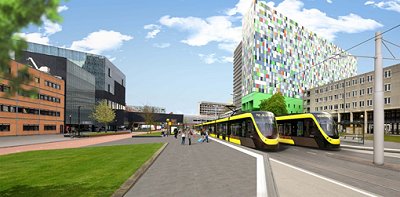
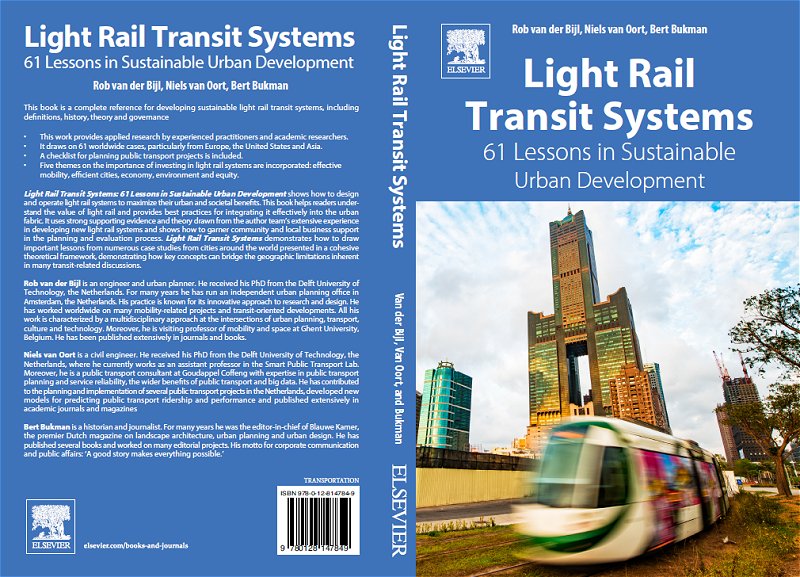
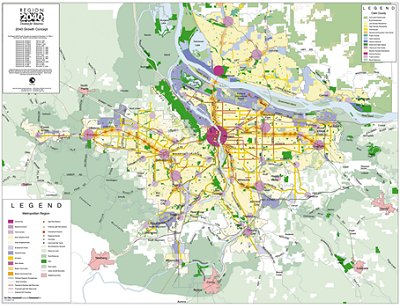 Case
Portland, Oregon, US
Case
Portland, Oregon, US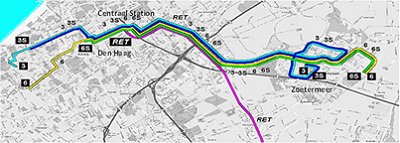
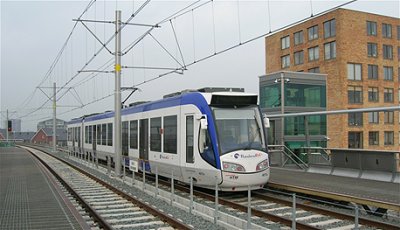 Case
RandstadRail, Netherlands
Case
RandstadRail, Netherlands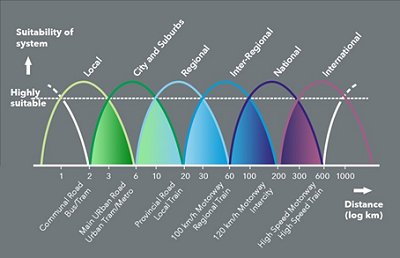 For
all cases: Efficiency light rail and other modes
For
all cases: Efficiency light rail and other modes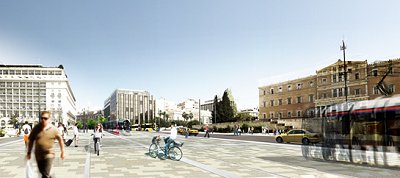 Case
Athens, Greece
Case
Athens, Greece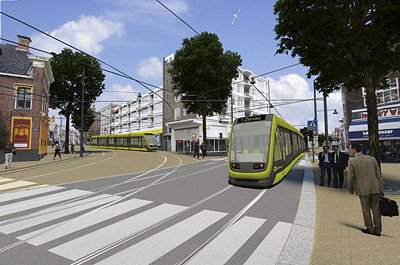 Case
Groningen, Netherlands
Case
Groningen, Netherlands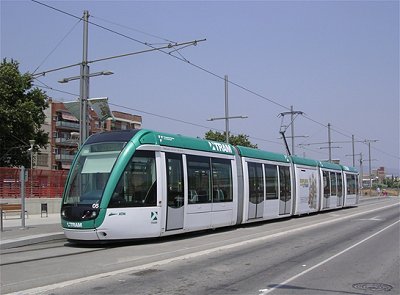 Case
Barcelona, Spain
Case
Barcelona, Spain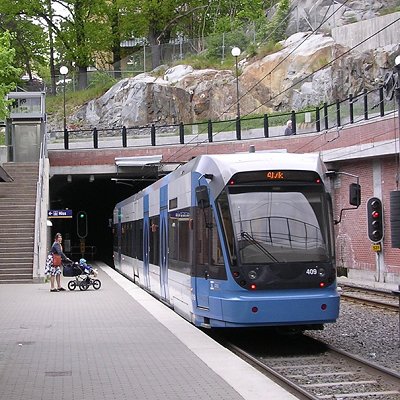 Case
Stockholm, Sweden
Case
Stockholm, Sweden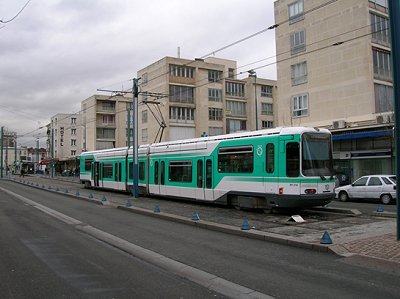 Case
Paris T1, France
Case
Paris T1, France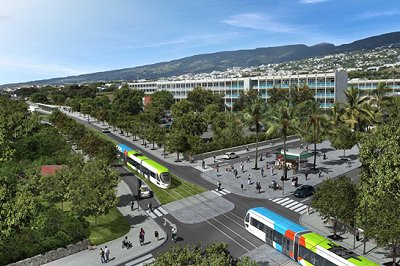 Case
La Réunion (France, DROM)
Case
La Réunion (France, DROM)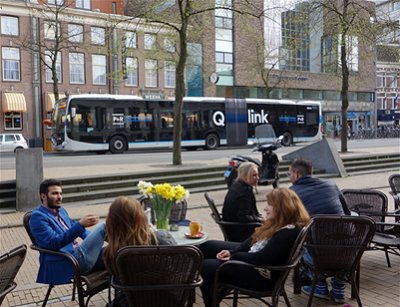 Case
Groningen, Netherlands
Case
Groningen, Netherlands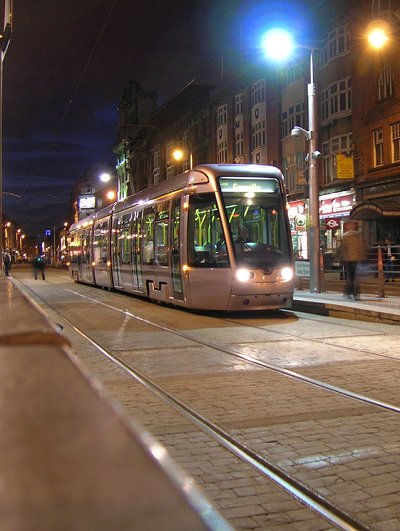 Case
Dublin, Ireland
Case
Dublin, Ireland